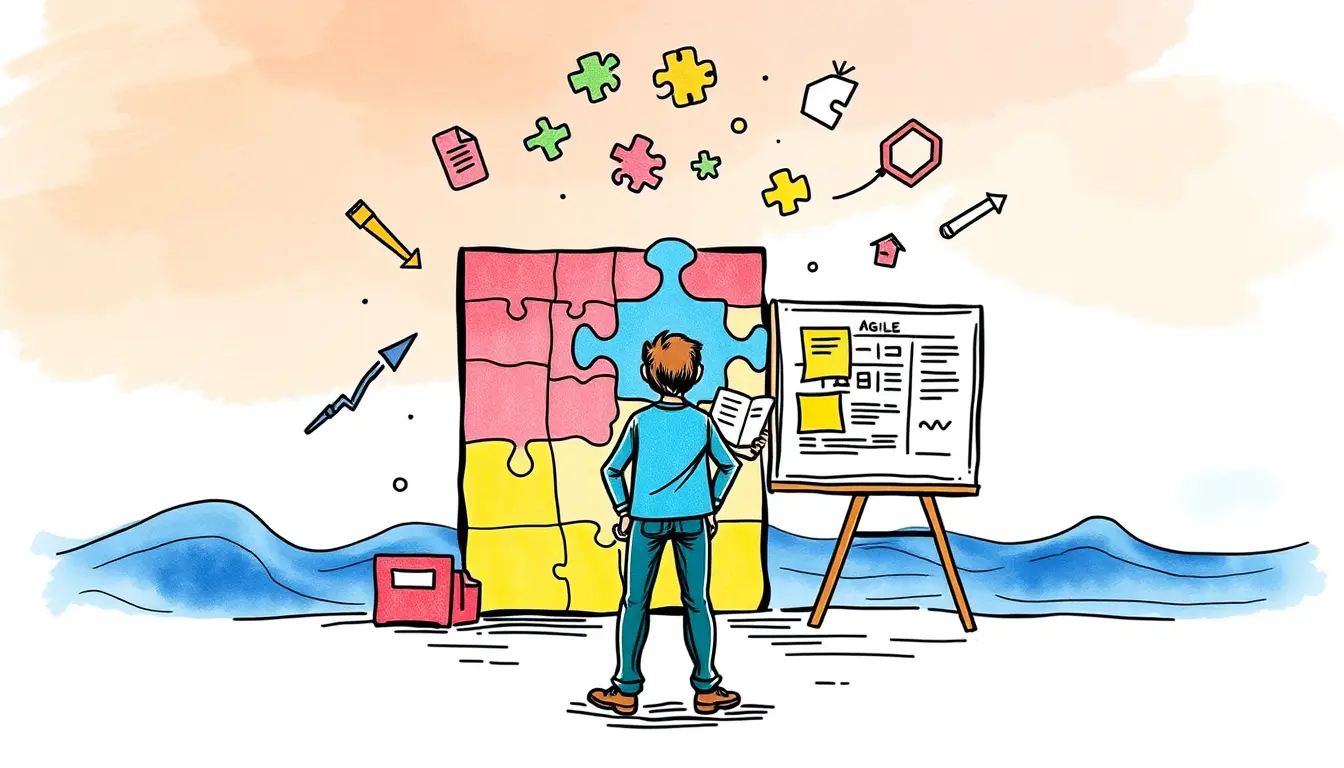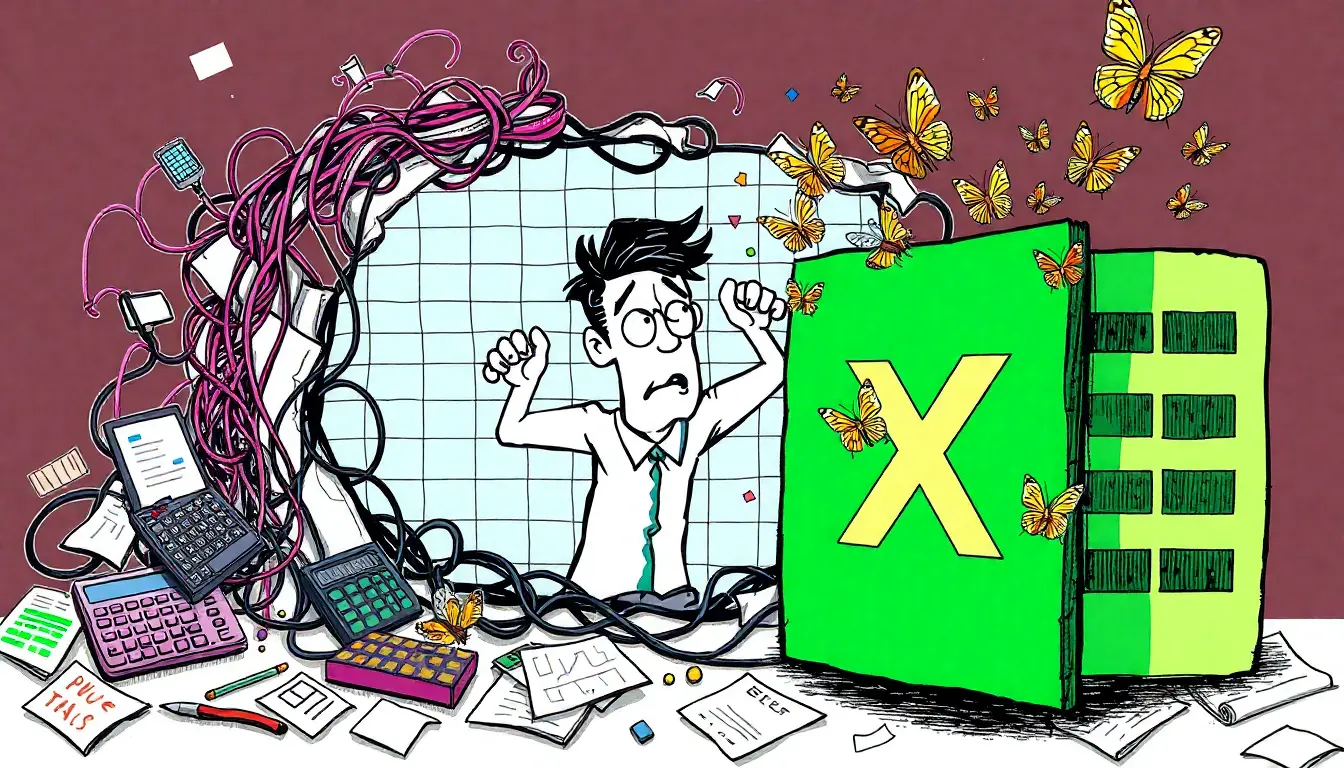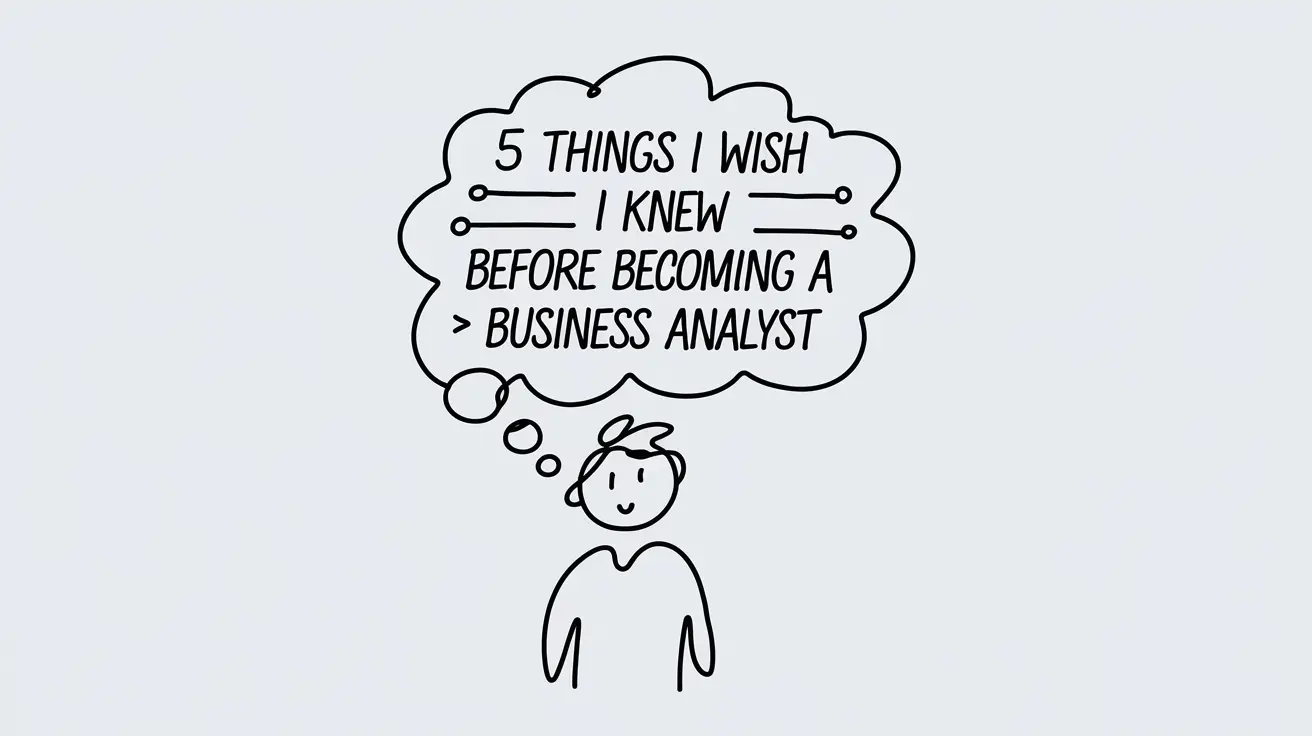Agile methodology is a popular approach used by many organizations to develop software and manage projects. It emphasizes collaboration, flexibility, and iterative development. One of the key practices in agile methodology is the retrospective, which is a critical process that helps teams improve their processes and work more effectively. In this article, we will explore why retros are important in agile, and how they can help teams achieve their goals.
The Importance of Retrospectives in Agile
Retrospectives are a key part of the agile process because they help teams to identify areas of improvement and to find ways to work more efficiently. The retrospective is a meeting held at the end of each iteration, during which the team reflects on their performance and discusses what went well, what could have gone better, and what changes they can make to improve their process.
There are several reasons why retrospectives are important in agile:
1. Continuous Improvement
The retrospective is an opportunity for the team to reflect on their performance and identify areas for improvement. By reviewing their process and discussing what worked and what didn’t, the team can find ways to work more effectively and efficiently. This process of continuous improvement is a core principle of agile methodology.
2. Team Empowerment
Retrospectives empower teams by giving them a voice in the process. By providing a forum for open and honest discussion, the retrospective allows team members to express their opinions and ideas. This can lead to greater engagement and buy-in from team members, as they feel more involved in the process.
3. Increased Collaboration
Retrospectives promote collaboration by encouraging team members to work together to identify and solve problems. By sharing their perspectives and insights, team members can gain a better understanding of each other’s roles and responsibilities, and work more effectively as a team.
4. Better Communication
Retrospectives also improve communication within the team. By providing a structured forum for discussion, the retrospective ensures that everyone has a chance to share their thoughts and ideas. This can lead to better communication and fewer misunderstandings.
How to Conduct a Retrospective
Retrospectives can take many forms, but they generally follow a similar structure. Here are some steps to follow when conducting a retrospective:
1. Set the Stage
Start the retrospective by setting the stage. This involves reviewing the goals of the meeting, explaining the process, and setting expectations for participation.
2. Gather Data
Next, gather data about the iteration. This can include metrics such as velocity, as well as feedback from team members and stakeholders.
3. Generate Insights
Using the data gathered, generate insights about the iteration. Identify what went well, what didn’t go well, and what can be improved.
4. Decide What to Do
Based on the insights generated, decide what actions the team will take to improve their process. These actions should be specific, measurable, achievable, relevant, and time-bound.
5. Close the Retrospective
Finally, close the retrospective by summarizing the actions decided upon, and setting expectations for follow-up.
FAQs
What is agile methodology?
Agile methodology is a flexible and collaborative approach to software development and project management. It emphasizes iterative development, continuous improvement, and customer involvement.
What is a retrospective?
A retrospective is a meeting held at the end of each iteration in agile methodology. It is a time for the team to reflect on their performance, identify areas for improvement, and find ways to work more efficiently.
How often should retrospectives be held?
Retrospectives should be held at the end of each iteration, which can range from one to four weeks depending on the project.
What are the benefits of agile methodology?
Agile methodology has severalbenefits, including increased flexibility, adaptability, and customer satisfaction. It also promotes collaboration and teamwork, which can lead to improved productivity and better quality products.
What is the difference between agile and traditional project management?
Traditional project management is a more structured and sequential approach to project management, where the project is planned in detail upfront and executed according to a set plan. Agile, on the other hand, is a more flexible and iterative approach that allows for changes to be made as the project progresses.
Can retrospectives be conducted remotely?
Yes, retrospectives can be conducted remotely using video conferencing tools or other online collaboration platforms. Remote retrospectives require careful planning and preparation to ensure that all team members can participate effectively.
How can teams ensure that they get the most out of retrospectives?
To get the most out of retrospectives, teams should approach them with an open mind and a willingness to learn and improve. They should also ensure that everyone has a chance to participate and that the discussion is focused on finding solutions rather than assigning blame.
Conclusion
Retrospectives are an essential part of the agile process, providing teams with the opportunity to reflect on their performance, identify areas for improvement, and find ways to work more effectively. By conducting retrospectives regularly and following a structured process, teams can improve their process and achieve their goals more efficiently. With the benefits of increased collaboration, better communication, and continuous improvement, retrospectives are an important tool for any agile team.
Remember to make retrospectives a regular part of your agile process and keep an open mind to identify the areas for improvement.














Leave a Reply